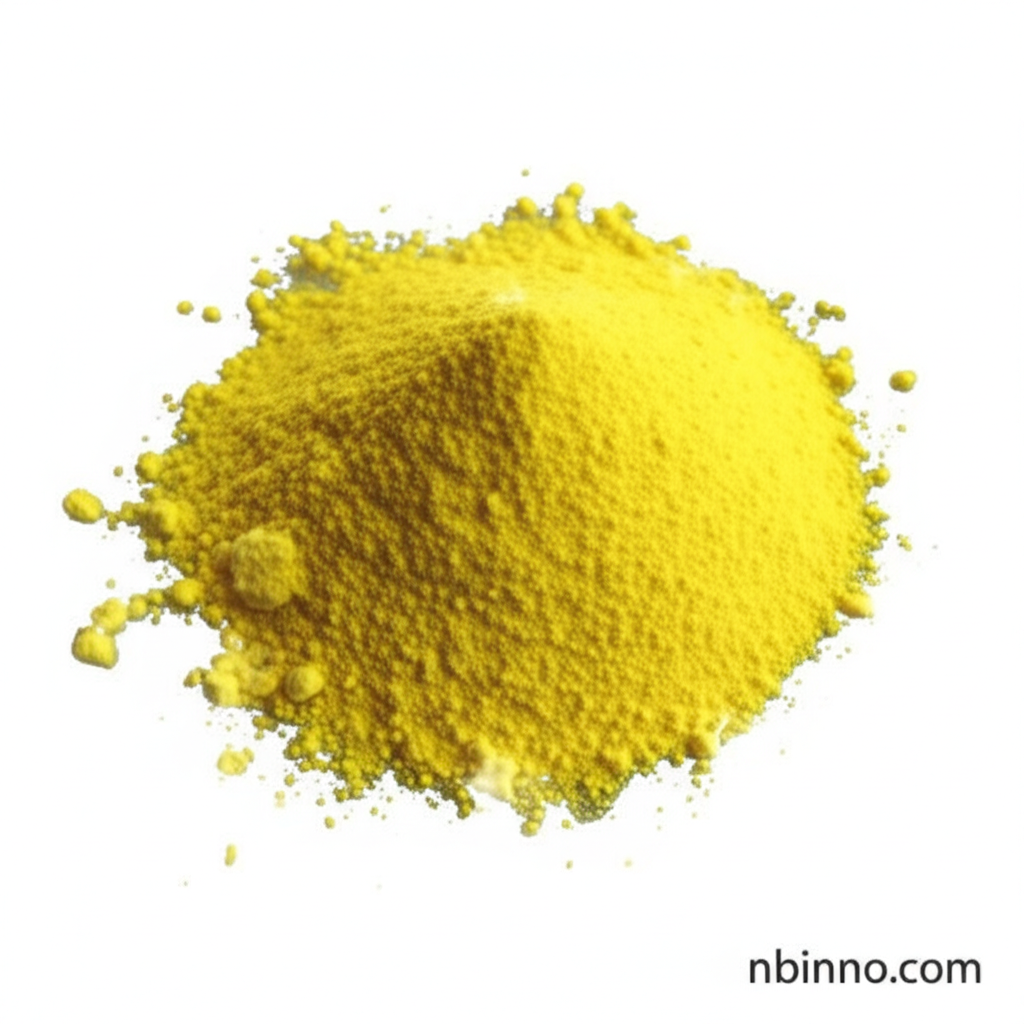Azodicarbonamide: The Versatile Foaming Agent for Plastics and More
Discover the extensive applications of Azodicarbonamide in plastics, rubber, and food industries.
Get a Quote & SampleProduct Core Value

Azodicarbonamide
Azodicarbonamide (ADC) stands out as a premier chemical blowing agent, facilitating the creation of foamed plastics and rubber. Its ability to decompose into innocuous gases like nitrogen, carbon monoxide, and carbon dioxide makes it a preferred choice for generating bubble structures within polymers.
- Explore the diverse azodicarbonamide foaming agent uses across various industrial sectors. The compound's controlled decomposition at specific temperatures allows for precise control over the foaming process, yielding materials with desirable properties.
- Understand the critical role of azodicarbonamide for plastics manufacturing. It is extensively utilized in materials such as PVC, PE, EVA, and ABS, contributing to lightweight, insulating, and shock-absorbent products.
- Investigate the applications of adc blowing agent applications beyond plastics. While its primary use is in polymers, ADC also finds utility in other areas, showcasing its versatility in chemical formulations.
- Delve into the azodicarbonamide food additive safety and regulatory landscape. While used in some countries for flour treatment, its use and potential health implications are subjects of ongoing discussion and regulation.
Advantages of Using Azodicarbonamide
Efficient Foam Generation
ADC acts as a highly effective foaming agent, generating a fine, uniform cell structure in plastics and rubber, thereby enhancing material properties like insulation and cushioning. This is crucial for applications benefiting from the chemical blowing agent azodicarbonamide.
Versatile Compatibility
Its broad compatibility with a wide range of polymers, including PVC, EVA, PE, and rubber, makes it a go-to additive for diverse manufacturing needs. This aligns with its extensive adc blowing agent applications.
Self-Extinguishing Properties
Unlike some other blowing agents, ADC is self-extinguishing when the flame is removed, contributing to improved safety in certain end-products, especially where fire resistance is a consideration.
Key Applications
Plastics Foaming
As a principal blowing agent, ADC is integral to creating foamed plastics for automotive parts, insulation, footwear, and packaging, leveraging its effectiveness as an azodicarbonamide foaming agent uses.
Rubber Foaming
It's employed in the foaming of various rubbers, contributing to products like seals, gaskets, and cushioning materials, demonstrating its wide-ranging azodicarbonamide for plastics manufacturing capabilities.
Food Additive
In some regions, ADC serves as a flour bleaching agent and dough conditioner, enhancing dough handling and bread volume, though azodicarbonamide food additive safety remains a topic of scrutiny.
Artificial Leather
ADC is utilized in the production of artificial leather, improving its texture and feel, showcasing the broad spectrum of chemical blowing agent azodicarbonamide utility.
